Pallet racking or cantilever racking?
Two of the most popular racking designs are pallet racks and cantilever racks. While both are used to store goods, they differ in their features and varied uses.
Pallet racking: the storage classic
Pallet racking is probably the most common storage system in warehouses. It consists of vertical metal structures on which horizontal beams are fixed. These beams support pallets, which are themselves loaded with goods.
| Benefits | Disadvantages |
| Large storage capacity: Pallet racks allow you to store a large quantity of goods in a relatively small area. | Less suitable for long or bulky loads: Pallet racks are less effective for storing bulky or irregularly shaped items. |
| Flexibility: They can be adapted to different types of pallets and loads. | Requires the use of pallets: Goods must be palletized to be stored on this type of racking. |
| Accessibility: Pallets can be easily accessed using forklifts. |
Cantilever racking: for special loads
Cantilever racking, also called cantilever, is specially designed to store long, bulky or irregular loads that cannot be palletized. It consists of horizontal arms fixed to vertical uprights. These arms directly support the loads without the use of pallets.
| Benefits | Disadvantages |
| Ideal for long and bulky loads: Cantilever racks are ideal for storing materials such as tubes, metal profiles, construction timbers, etc. | Higher Cost: Cantilever racking is generally more expensive to purchase and install. |
| Flexibility: The arms can be adjusted in length to accommodate different load sizes. | Lower Storage Capacity: Compared to pallet racks, cantilever racks typically offer lower storage capacity. |
| Easy Access: Loads can be easily loaded and unloaded from the front. |

_239.png)
_293.png)
_785.png)
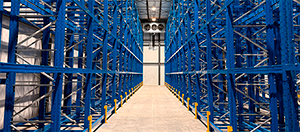
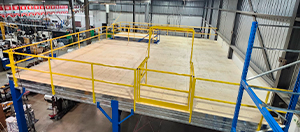
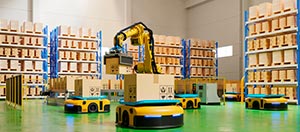
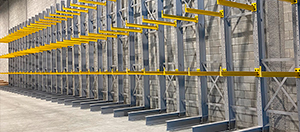
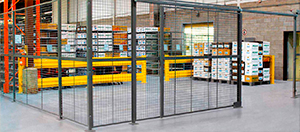
_888.jpg)








